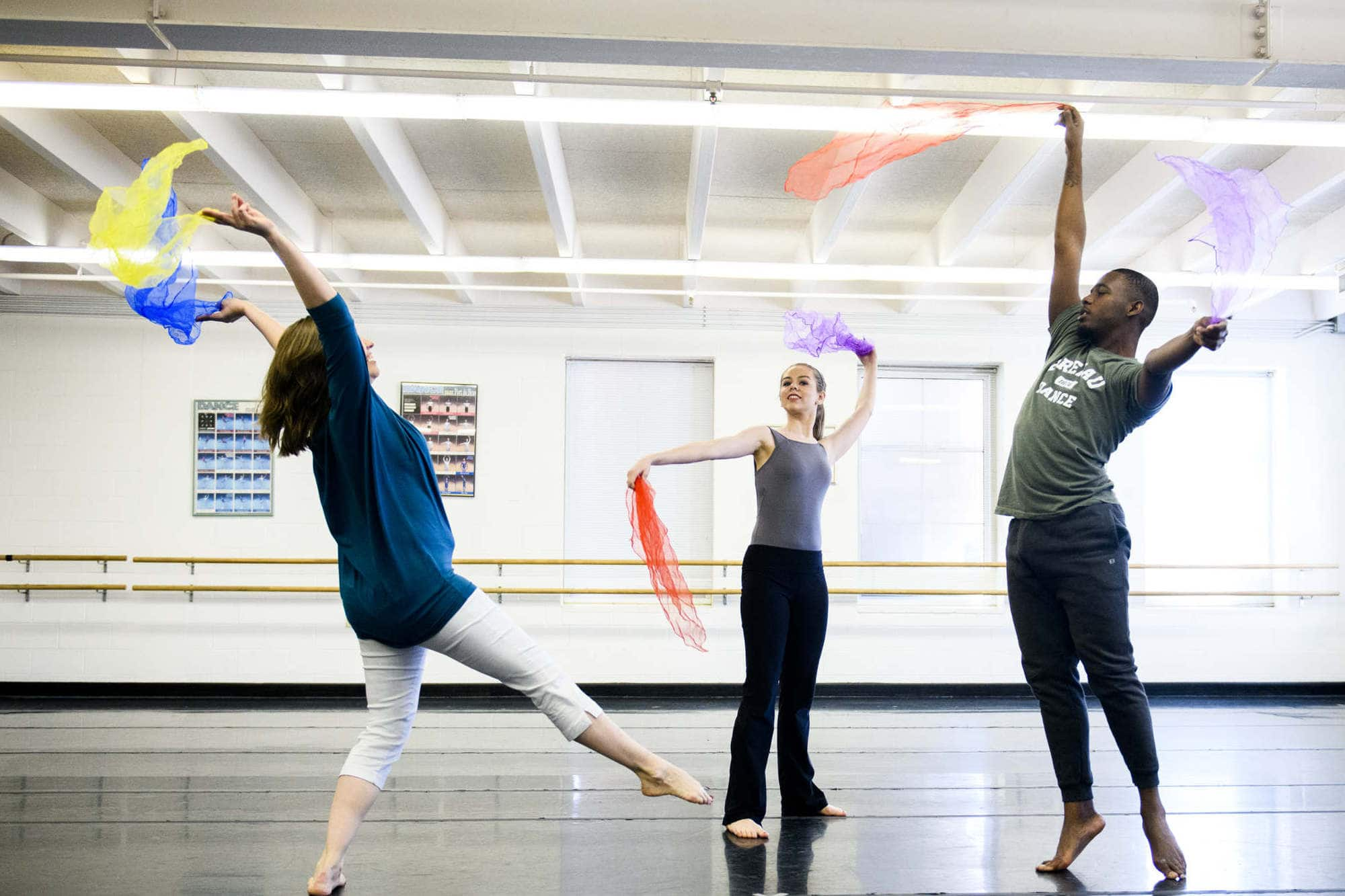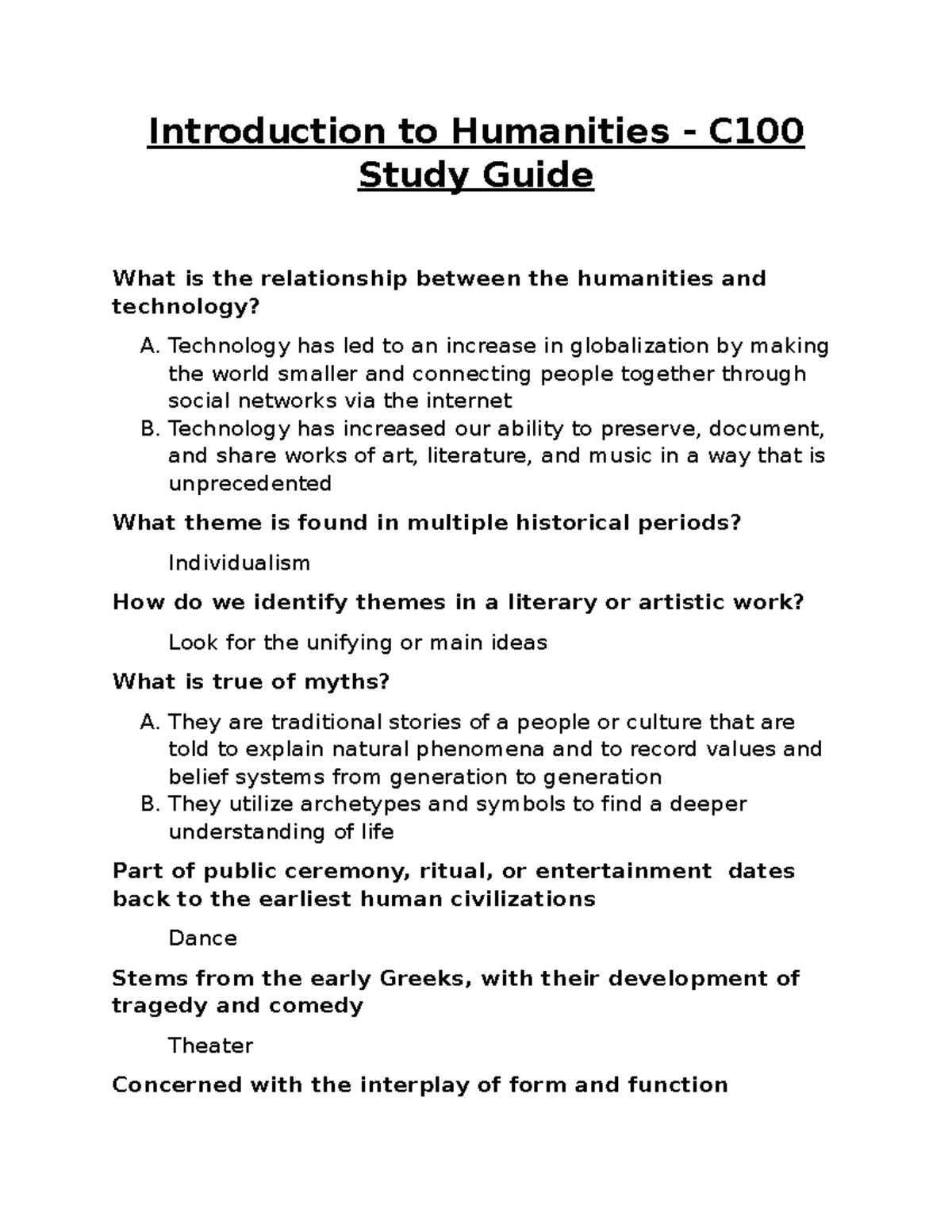Dance therapy, an innovative form of movement therapy, combines the art of dance with psychological healing to nurture emotional and physical well-being. Through dance expression, individuals can tap into their subconscious, unlocking feelings often hidden away, transforming them into a vivid narrative of self-exploration. This therapeutic approach fosters a deeper connection between dance and identity, empowering participants to embrace their unique stories through movement. Spiritual dance elements are also woven into the practice, allowing for profound personal discoveries and a sense of community among practitioners. By using dance as healing, participants experience a cathartic release that transcends traditional therapeutic methods, inviting joy and freedom into their lives.
Movement therapy, which encompasses various expressive forms like dance and somatic practices, provides an avenue for self-discovery and emotional release. This holistic approach encourages individuals to explore their inner selves and express their feelings through physical movements, showcasing the interplay between body and mind. By engaging in practices akin to spiritual dance, participants can foster a sense of unity with their surroundings, enhancing their connection to their identities. Dance as expression opens up new pathways for personal growth and fosters a community of support among those who partake in this transformative journey. Embracing movement therapy, one can experience the profound ability of dance to heal and express what words alone cannot convey.
The Emotional Impact of Dance Expression
Dance expression serves as a powerful conduit for emotional communication, often transcending spoken words. Through movement, individuals can convey emotions ranging from joy to sorrow, unlocking feelings that might otherwise remain suppressed. This form of expression is especially profound in communal settings where shared experiences can amplify emotions, creating a collective understanding and connection among participants. Just as literature captures the essence of human experience through language, dance embodies and expresses these sentiments in a visceral, physical form.
Engaging in dance not only allows for personal expression but also aids in the collective release of emotions within groups. This connection, particularly in cultural contexts, can strengthen community bonds and affirm individual identities. For instance, communal dances in various cultures serve as a celebration of identity, reminiscent of spiritual dance practices that honor heritage and shared history. Such experiences resonate deeply within the psyche, encouraging individuals to embrace their authentic selves.
The Role of Dance Therapy in Healing
Dance therapy is an innovative approach that integrates movement with therapeutic practices to foster healing and well-being. Utilizing the principles of movement therapy, dance therapy allows individuals to express themselves creatively while tapping into the emotional and psychological aspects of their experiences. This form of therapy has shown significant benefits in treating anxiety, depression, and trauma, providing a safe and supportive space for individuals to explore their feelings through movement.
Furthermore, dance therapy encourages individuals to reclaim their bodies as a source of joy rather than a vessel of restriction. As participants engage in various forms of dance, they often find a sense of freedom in movement that translates into their everyday lives. This healing process can reconnect individuals with their sense of identity and empower them to make positive changes, nurturing a deeper understanding of themselves and their emotional landscapes.
Finding Spiritual Connection Through Movement
Movement can be a spiritual practice, as seen in traditions like djine foly, where dance becomes an avenue for connecting with deeper aspects of existence. Spiritual dance encourages participants to delve into a trance-like state, experiencing a sense of euphoria and communion with something greater than themselves. This practice offers a unique perspective on how dance serves not only as a form of art but also as a medium for spiritual exploration and connection.
Embracing this aspect of dance allows individuals to transcend the physical realm and tap into a world of emotions that can lead to enlightenment and introspection. Many modern practitioners of dance recognize that spiritual dance can facilitate healing, enabling individuals to articulate their lived experiences and connect more profoundly with their inner selves. By participating in these spiritual practices, dancers often discover new layers of meaning in their movements, reinforcing personal identity and communal ties.
Overcoming Inhibitions with Dance
Overcoming inhibitions through dance can be a liberating experience, freeing participants from the constraints of self-judgment and societal expectations. Jeffrey L. Page emphasizes the importance of abandoning the concern of looking ‘good’ while dancing, encouraging individuals to fully embrace their freedom of expression. When people dance without fear of scrutiny, they unlock a more profound connection to their bodies and emotions, often leading to cathartic releases that enhance personal well-being.
Furthermore, this transformative experience aligns with the concept of movement therapy, which fosters a beneficial relationship between the mind and body. By allowing oneself the freedom to explore movement in an uninhibited manner, individuals can rediscover joy and creativity, ultimately leading to improved mental health. Dance serves as a reminder that self-expression is essential, and that everyone deserves the opportunity to be seen and heard, both literally and figuratively.
Dance as a Tool for Cultural Identity
Dance is a reflection of cultural identity, acting as a repository for communal narratives and shared histories. Through movement, individuals can embody the traditions and values of their culture, serving as a living testament to the continuities of identity across generations. This connection to heritage fosters a sense of belonging, enabling individuals to celebrate their unique backgrounds while also sharing them with others. In this way, dance becomes not only an art form but also a vital expression of who we are.
Moreover, the role of dance in establishing identity is particularly significant for marginalized communities. Dance can challenge stereotypes and promote visibility, as individuals express their experiences through movement. This practice not only educates others about diverse identities but also reinforces self-acceptance within the community. By sharing their stories through dance, individuals contribute to a larger dialogue that honors their identity and personal narrative.
The Therapeutic Benefits of Movement
Movement therapy underscores the healing potential of physical expression, allowing individuals to explore emotions in a supportive environment. This therapeutic practice harnesses the body’s innate ability to communicate feelings, using dance as a medium to articulate what often remains unspoken. As individuals engage in movement-based therapy, they learn to connect with their emotions on a deeper level, promoting self-discovery and personal growth.
Participants in movement therapy often report experiencing reduced stress and enhanced emotional regulation. This is because the act of moving can influence physiological responses, resulting in improved mood and mental clarity. The integration of rhythmic movement allows for the release of pent-up emotions, affirming the belief that dance is indeed a powerful tool for healing. Therefore, engaging with dance can significantly enhance one’s emotional and psychological health, leading to a more fulfilled life.
Expressing Authenticity Through Dance
Authenticity is at the heart of dance expression, serving as a vital conduit for individuals to showcase their true selves. In a world where societal pressures often dictate personal behavior, dance offers a unique platform for self-exploration and authenticity. Through engagement in dance, individuals can express their identities and experiences in ways that conventional communication might fail to capture, thus empowering them to embrace their uniqueness.
Dance invites individuals to explore their stories, transcending barriers of language and culture. As people move, they can articulate their journeys, embracing both the struggles and triumphs that shape their identities. This authentic representation fosters connection and empathy among dancers, creating an environment where individuals can freely share and honor their narratives through movement.
Dance and Its Healing Properties
The healing properties of dance extend far beyond physical benefits, providing a means for emotional and psychological restoration. Through dance, individuals can engage in a transformative process that allows for the release of suppressed emotions and trauma. This cathartic experience can promote healing from past wounds, as participants learn to navigate their feelings through movement, enhancing their overall well-being.
Engaging in dance can also serve as a practice of mindfulness, enabling individuals to be present in their bodies while letting go of self-critical thoughts. This practice strengthens the mind-body connection, leading to improved emotional regulation and resilience. Thus, the therapeutic aspects of dance can significantly contribute to one’s mental health, turning movement into a form of healing and self-affirmation.
The Interplay of Dance and Identity
Dance serves as a powerful reflection of identity, encapsulating the complexities of personal and cultural narratives. Through diverse dance forms, individuals can express their life experiences, beliefs, and values, creating a rich tapestry of identity that is both personal and communal. In this way, movement becomes a language through which individuals articulate their place in the tapestry of society.
Moreover, the interplay between dance and identity is particularly poignant in various cultural dances, which often tell the stories of heritage and tradition. These dances serve not only to celebrate cultural backgrounds but also to challenge stereotypes and redefine identity. As dancers embody their culture, they invite others to join in the narrative, promoting understanding and connection across diverse audiences.
Frequently Asked Questions
What is dance therapy and how does it relate to movement therapy?
Dance therapy, often considered a form of movement therapy, uses dance and movement to promote emotional, cognitive, and physical integration. It encourages individuals to express themselves through dance, unlocking stored emotions and facilitating healing. By engaging the body in expressive movement, participants can enhance their well-being and explore their identity through dance.
How can dance expression serve as a tool for healing in therapy?
Dance expression in therapy allows individuals to communicate feelings that may be difficult to articulate verbally. This form of healing engages the body and mind, facilitating emotional release and personal insights. Through energetic movements, participants can overcome traumas and stress, making dance an effective healing modality.
What are the spiritual dimensions of dance therapy and spiritual dance?
Dance therapy incorporates elements of spiritual dance, which allows participants to connect with deeper aspects of themselves. This practice can evoke feelings of transcendence and joy, helping individuals to release inhibitions and access profound emotional states. By combining physical movement with spiritual intention, dance therapy fosters healing and self-exploration.
How does dance therapy help in exploring dance and identity?
Dance therapy is an effective way to explore dance and identity, as it allows individuals to embody their cultural backgrounds and personal narratives through movement. Participants often express their identity and experiences, leading to increased self-awareness and confidence. This exploration through dance helps in affirming one’s identity and healing from societal pressures.
Can anyone participate in dance therapy regardless of skill level?
Absolutely! Dance therapy is designed for individuals of all skill levels, including those with no prior dance experience. The focus is on personal expression and emotional healing rather than technical proficiency. Participants can release their inhibitions and enjoy the therapeutic benefits of dance, fostering a sense of community and shared experience.
What should I expect during a dance therapy session?
In a dance therapy session, participants can expect a safe and supportive environment where they can explore movement and express emotions. Sessions may include guided warm-ups, improvisational dance, and reflective discussions. The focus is on personal expression and emotional release, using dance as a tool for healing and self-discovery.
How does dance therapy promote mental health and wellness?
Dance therapy promotes mental health by providing a creative outlet for expressing emotions and reducing stress. Through movement, individuals can process their feelings and experiences, leading to improved mood and overall mental wellness. This form of therapy is beneficial in addressing issues like anxiety, depression, and trauma.
What role does the body play in dance as healing within dance therapy?
In dance therapy, the body serves as the primary medium for expression and healing. Participants engage their physical selves to process and release emotions, often resulting in a cathartic experience. By connecting with the body’s movements, individuals can access stored feelings and promote physical and emotional healing.
How can dance therapy blend with traditional talk therapies?
Dance therapy can effectively complement traditional talk therapies by providing a holistic approach that incorporates both verbal communication and bodily expression. This integration allows individuals to articulate their feelings through movement as well as conversation, enhancing the therapeutic experience and facilitating deeper emotional processing.
What are some common issues addressed in dance therapy sessions?
Dance therapy can address a range of issues, including trauma, anxiety, depression, low self-esteem, and identity exploration. By engaging individuals in creative movement, dance therapy helps to alleviate emotional distress and fosters healing and personal growth.
| Key Point | Details |
|---|---|
| Dance and Visibility | Dance serves as a medium for expressing identity and narrative, emphasizing visibility in a way that words can sometimes fail. |
| Transformative Experience | The transition from non-dancing to dancing is likened to a cathartic process, unlocking deep emotions similar to writing the perfect sentence. |
| Cultural Practices | In Malian culture, ‘djine foly’ signifies a state of joyful euphoria and spiritual connection achieved through dance. |
| Emotional Release | Dance is portrayed as a form of liberation, encouraging participants to scream, let go of burdens, and embrace unrestrained movement. |
| Teaching Philosophy | The instructor promotes the importance of unburdened expression, highlighting that it doesn’t matter if one ‘looks good’ while dancing. |
Summary
Dance therapy is a powerful form of expression that encourages individuals to dance as if everyone is watching, promoting emotional release and personal visibility. Through dance, participants can uncover hidden emotions, connect with cultural practices, and experience transformative joy. This therapeutic approach highlights the importance of freeing oneself from societal constraints and encourages a deeper connection to one’s body and identity.



